03 - From Idea to Validation: Anyone can build with AI
How I’m balancing ideation, marketing, and building in public—while discovering the best tools to accelerate startup success.
👋 Hello! I’m Jon, founder and builder. I share my journey of building a company with AI—helping you learn about the latest tools & workflows to use in your life.
Surf emerging AI waves with 400+ other builders here:
👀 Psst.. OpenAI o3-mini just got released. More on that at the bottom of this email.
Welcome, my fellow builders! Thank you for being a part of the build crew.
In today’s update:
💡 How to spark startup ideas with BuildPad & ChatGPT
🚫 The do’s and don’ts of visualizing your idea
✅ How to (actually) validate your startup idea
🗞️ This week in startup news
🛠️ NEW: Free access to my tested tools
👀 Memes!
Update 3 - 2 Feb, 2025
🤔 How am I feeling?
4/5 Jons today - it has been a very hectic two weeks since the last update. I was travelling back to Amsterdam for some time with family and friends and celebrated my 29th birthday 🥳
I LOVED the feeling of getting deeper into the world of AI, founders & tools - there has been so much positive outpour! Friends that I hadn’t spoken to for a long time reached out to call and see what I was up to, and I’m meeting with a bunch of you readers in person or by call! Many people seem to be interested in building with AI in public, and the subscriber count is growing steadily!
There are now 411 people subscribed to this newsletter, as well as 22 in the waitlist over at founderstack.ai.
Why is it only 4/5, then? Well, I have been struggling to combine building the product with marketing efforts. I spend a lot of time reaching out to people on Reddit in the building communities, a tactic known as being a ‘Reply Guy’ (or Gal). Here’s an excerpt from Greg’s Letter.
So I am struggling between finding time to market, write, my actual work as I’m doing this in my weekends and evenings!
Where did we leave off?
In the last edition ⬆️, we…
identified the problem,
validated it through Reddit and talks with founders
laid out the initial idea for a solution.
TLDR; Find tools based on what real founders use. Monetise your own tool stack.
💡 How to spark startup ideas with BuildPad & ChatGPT
We went back to BuildPad.io, and arrived at step 3, solution ideation.
By the way, I had a great chat with their founder, Felix, from Sweden. I reached out to him describing what I was doing here and that I liked his tool, and he was so kind to share my LinkedIn post with his audience! 😎
This phases started with the opening question by BuildPad’s AI. It asked me wether I wanted to brainstorm together or already had an idea. Since I did, I told him I had one, but still wanted to challenge it and brainstorm about it.
I then opened my Apple Notes app and hit the dictate button, brain-vomited my idea and then went to ChatGPT, to ask it to make sense of the text I had just blurted out.
Then, I took that output and dropped it into BuildPad.
BuildPad then came back to me with Core platform features, ways to monetise the ideas and key differentiators from the competition.
I also asked a question in my original blurb, “why would a user come to my platform to find a tool, instead of just asking ChatGPT?”. BuildPad picked up on that by saying:
“To make this stronger and address your question about "why not just ask directly," I see a few areas we could explore:
Would you like to discuss how we could make the AI matching more sophisticated than current chatbots?Should we explore ways to validate and verify founder recommendations?Would you like to dive deeper into the workflow/integration aspect, as this seems to be a unique differentiator?”
I explored these options a bit more, and we brainstormed an AI matching system for finding tools:
Create a structured data model that captures:
Tool relationships and integration capabilitiesFeature taxonomiesUse case patternsBusiness type/stage requirements
Implement a multi-step matching process:
Profile analysis (business type, stage, team size, budget)Workflow analysis (current pain points, desired outcomes)Integration requirements (existing tool stack)Feature priority mappingStack compatibility checking
Build a learning system that improves based on:
User feedback on recommendationsActual adoption patternsStack performance metricsCommon tool combinations
Honestly, these weren’t bad. The down-side was that though this step should have only been about ideation, it quickly came to validation and actual building recommendations. In no time we were chatting about Frontend, Next.js, Tailwind CSS, NextAuth.js and many other things I only half understood.
So I told the AI to chill out 😅
It then recognised that it jumped too far ahead and offered to finalise the ideation step with a concise summary:
We now had the idea laid out in some text.
I’ll link it here in case you’re interested, as its pretty long.
But I am a visual thinker, so I wanted to see this visualised.
🚫 The do’s and don’ts of visualizing your idea
Then, again I found myself looking for tools. I wanted to ‘sketch out’ my idea like I would on a piece of paper.
First, I asked ChatGPT which tools to use. I had to use model 4o as the internet search had to be turned on.
I played around with Pictochart AI, but I just got some half-assed business plan PDF that wouldn’t even be good enough for primary school:
Back to the drawing board!
As I am a designer, I went back to what I know: Figma, or in this case, Figjam.
They also have a handy AI copilot (which SaaS doesn’t?), so I put in my idea text there.
The results, were bad.
First, it thought it had to make a timeline. After some reprompting, I got a non-sensical flowchart.
Then, I went back to my dear friend ChatGPT to craft a prompt for Figjam, asking it how I could best get it to create the overview I wanted automatically. I got this:
Still not great, so I had to resort to manual design labour (blegh!).
This is the ideation overview for now!
✅ How to (actually) validate your startup idea
Next, I need to dive into my main audience and where to find them. As well as starting to validate the idea, or some features of it, by talking to them.
For now, I am thinking to focus mainly on founders & people that want to build something with AI.
I do think with how easy its becoming to build, and AI potentially taking (some) jobs, more and more of us will become builders. Building with AI therefore will be an essential skill for the future.
But this will also result in thousands, if not millions of tools popping out of the ground. And that begs the question, how can we curate them? How can we know which tools to use and which ones to ignore? Which ones will fit with your current workflow?
I see the founder side, the social side of the platform and the affiliate marketing - link in bio style - side of things.
But I also see the tool curation need - what works for me, what fits in my current stack?
Both of these are now just hypothesis. I’ve seen the need to find tools, but I need to test and validate the solution-components still. This will come next week.
I will also look further into Jeroen’s work over at IWantProductMarket.Fit. Below is his scale for startups to measure how close they are to Product-Market Fit. So far, I’d say we have a customer-problem fit, but the question is if we can solve it.
Let’s find out next week!
🗞️ This week in AI & startup news
DeepSeek was all the rage, causing tech stocks to tumble.
The AI-war between the US and China is now fully starting.
The Chinese seem to have circumvented the chip-export restrictions placed by the West. Either illegally, or legally by just training in a smarter, less chip-intensive way.
The most salt in the wound seems to be this tweet, where it is claimed that DeepSeek was just a side project, resulting in OpenAI-level quality for a fraction of the cost.
Trump, Altman, Masa - $500B Stargate Project announced
By OpenAI, SoftBank, Oracle and MGX - with Arm, Microsoft, NVIDIA, Oracle and OpenAI being the key initial technology partners.
The project plans to invest up to $500 billion over the next four years to build state-of-the-art data centers and related infrastructure. The initial phase includes an immediate deployment of $100 billion, with construction already underway in Texas.
OpenAI releases o3-mini and o3-mini-high, two new models
Seen as a direct response to the reasoning powers of DeepSeek. Said to perform very well on reasoning and coding tasks, depending which one you pick. Heralded as their ‘most cost effective’ version yet, and seems to outperform Claude, Cursor etc on the coding jobs.
The World Economic Forum is underway in Davos
A lot of talk about Agentic AI / Agents. Fear of job loss at unprecedented scale with even Pope Francis warning for a ‘Crisis of Truth’. Wherever you stand on the ‘AI will take our jobs’ scale, probably good to keep yourself informed about AI, as it seems to be here to stay.
AI can predict career success from a facial image, study finds
By feeding a single facial image into an AI model, researchers were able to discover personality traits allowing them to predict how successful someone would be in their career or even in higher education.
A new study by researchers from four universities claims artificial intelligence (AI) models can predict career and educational success from a single image of a person’s face.
Dystopian future, here we come!
🛠️ NEW: Free access to my tested tools!
I decided to keep track of all the tools & agents I use and test on this journey.
As a thank you for being a subscriber, you can access them all for free here, no login or anything required!
Bonus: Memes
That’s it for now, see you next week!
Thanks for reading!
If you enjoy AI Builds a Business, I’d really appreciate a share - I rely heavily on word-of-mouth of you, the reader! 🤙
I’m a founder, undercover nerd & padel-addict - writing about building FounderStack.ai in public. I’ve launched multiple start-ups since 18, and bootstrapped CORE Global to high six figures. I share my favourite tools, my founder journey and other curated research here, on AI Builds a Business.
Thanks for reading! With love from Barcelona,
Jon ☀️


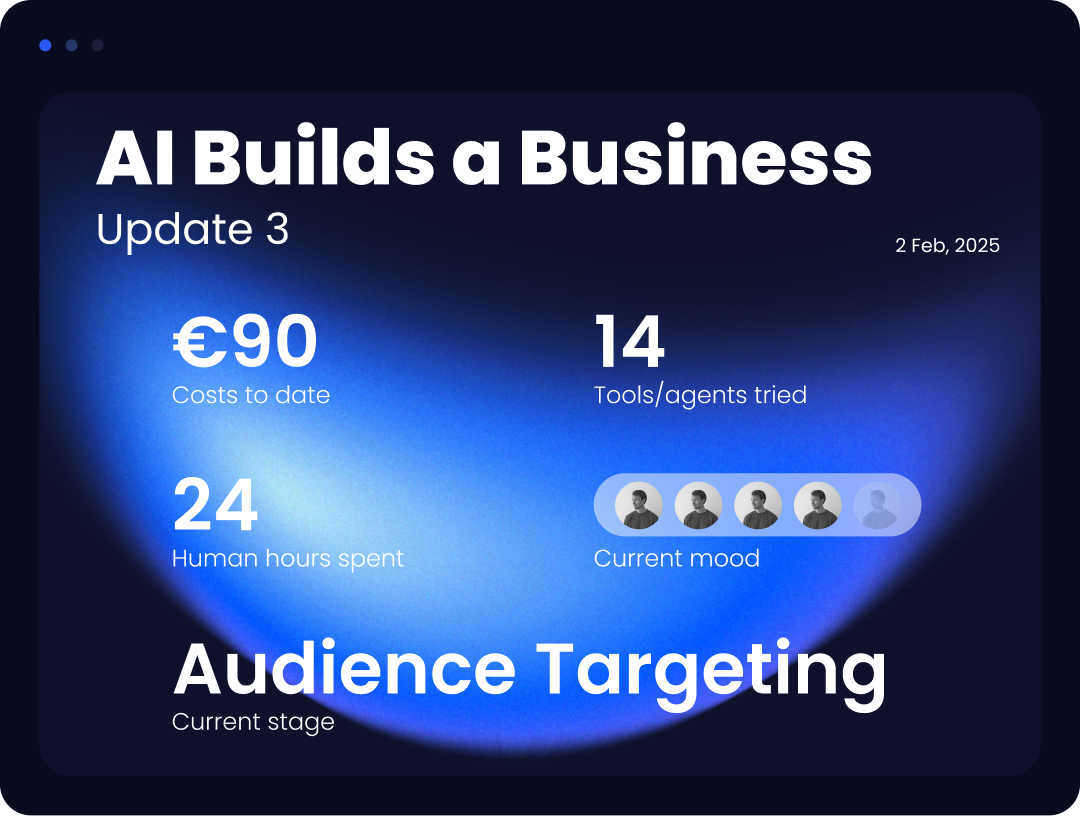
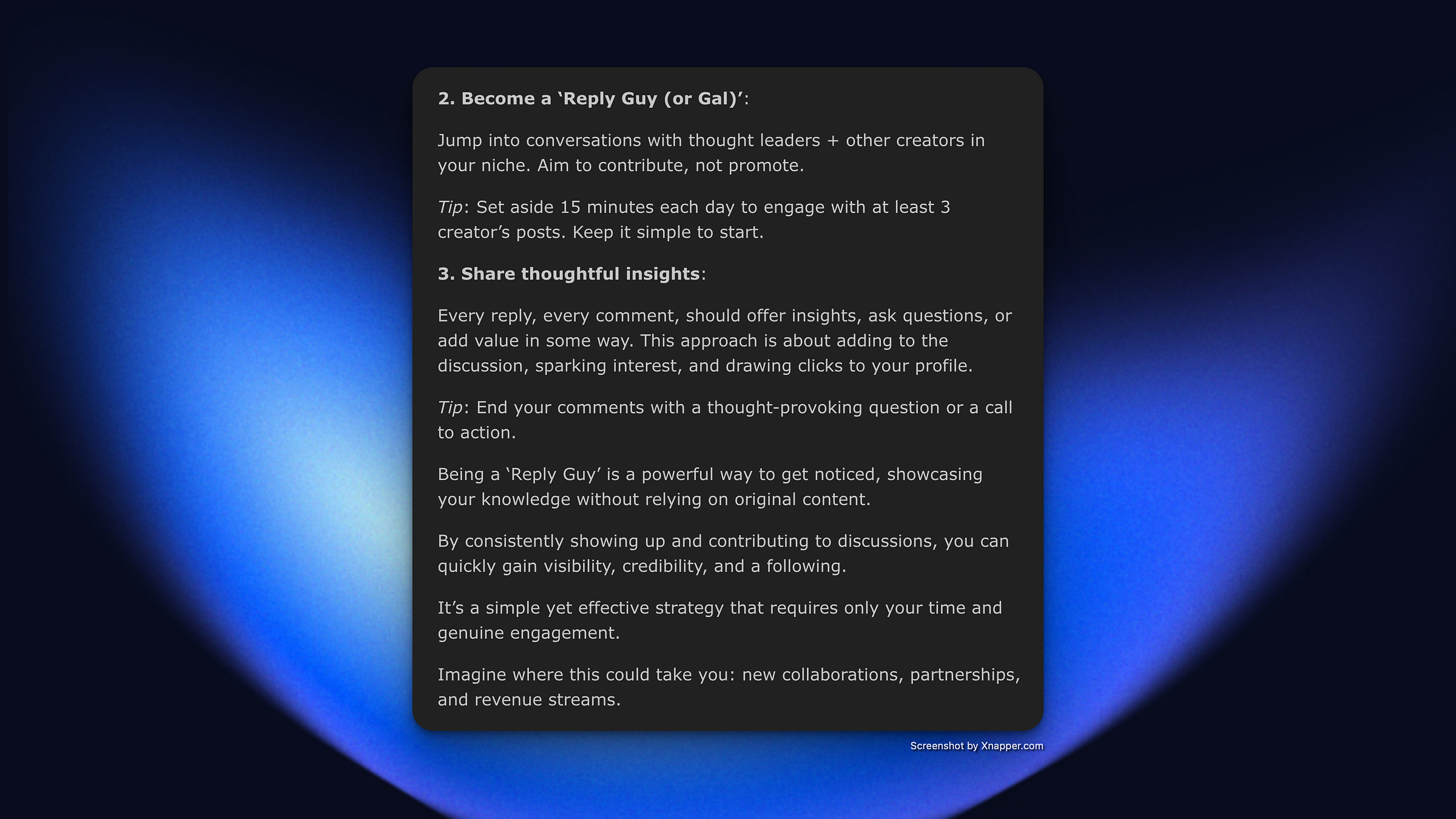
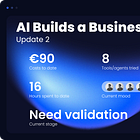
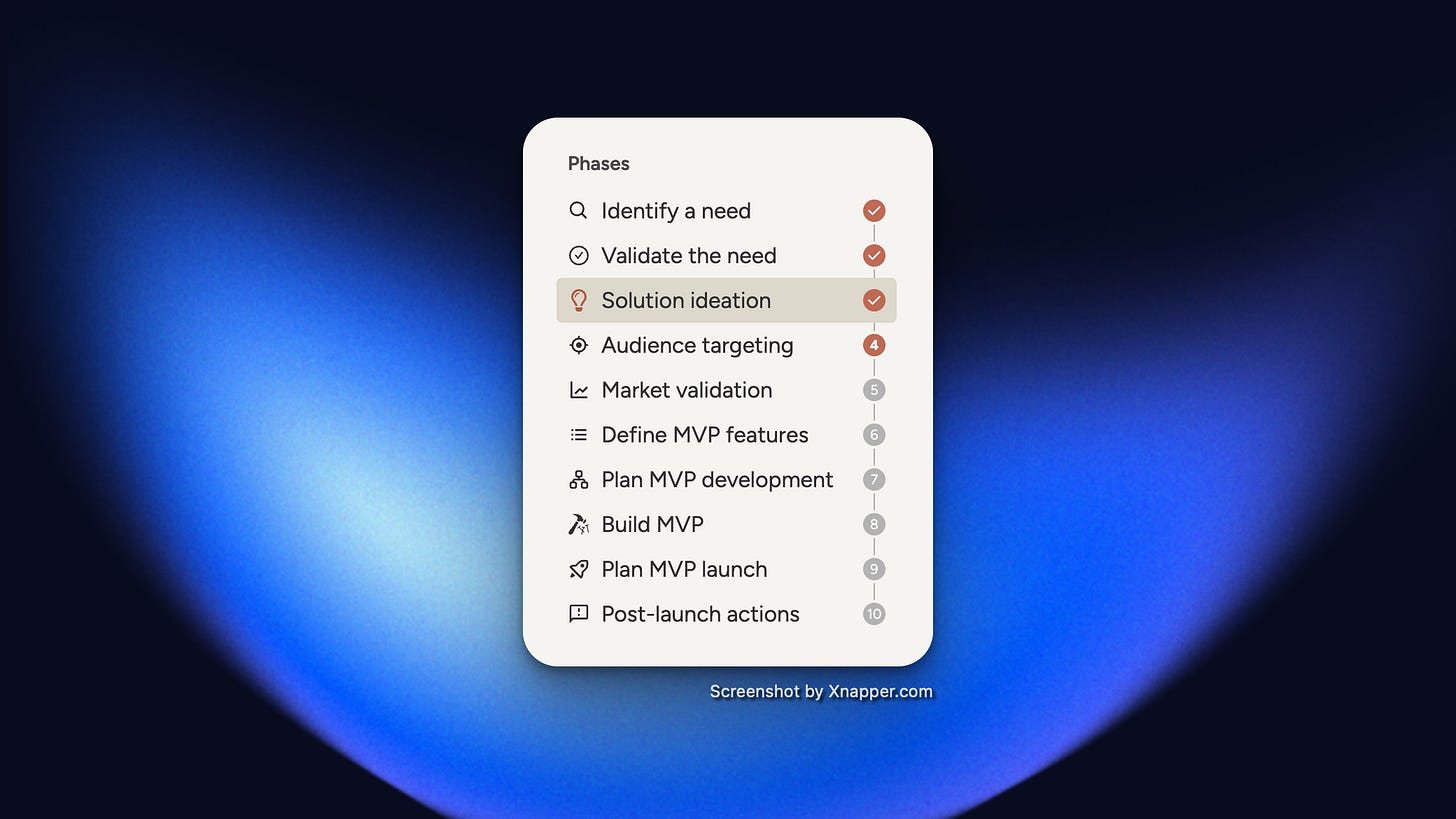
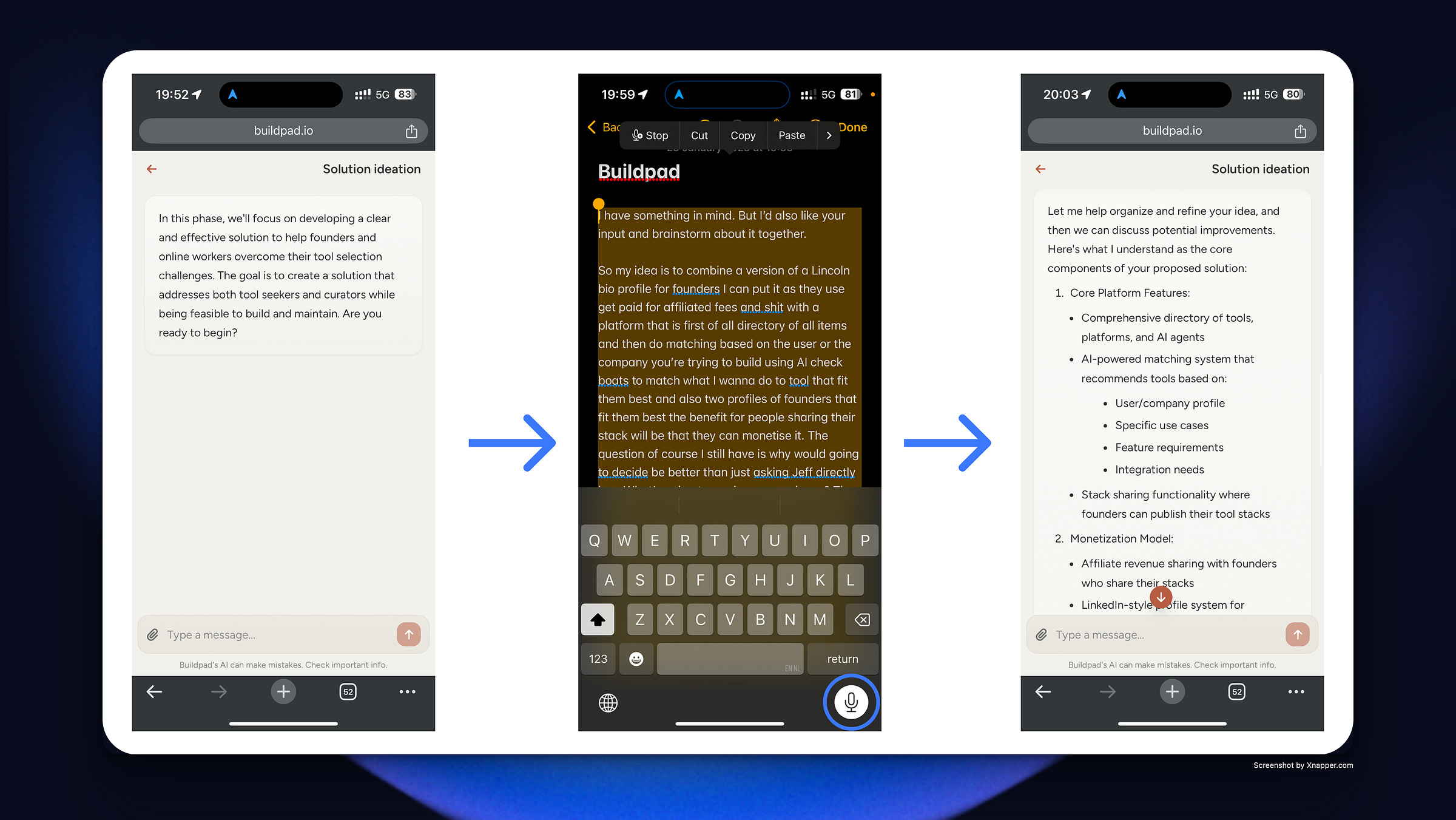
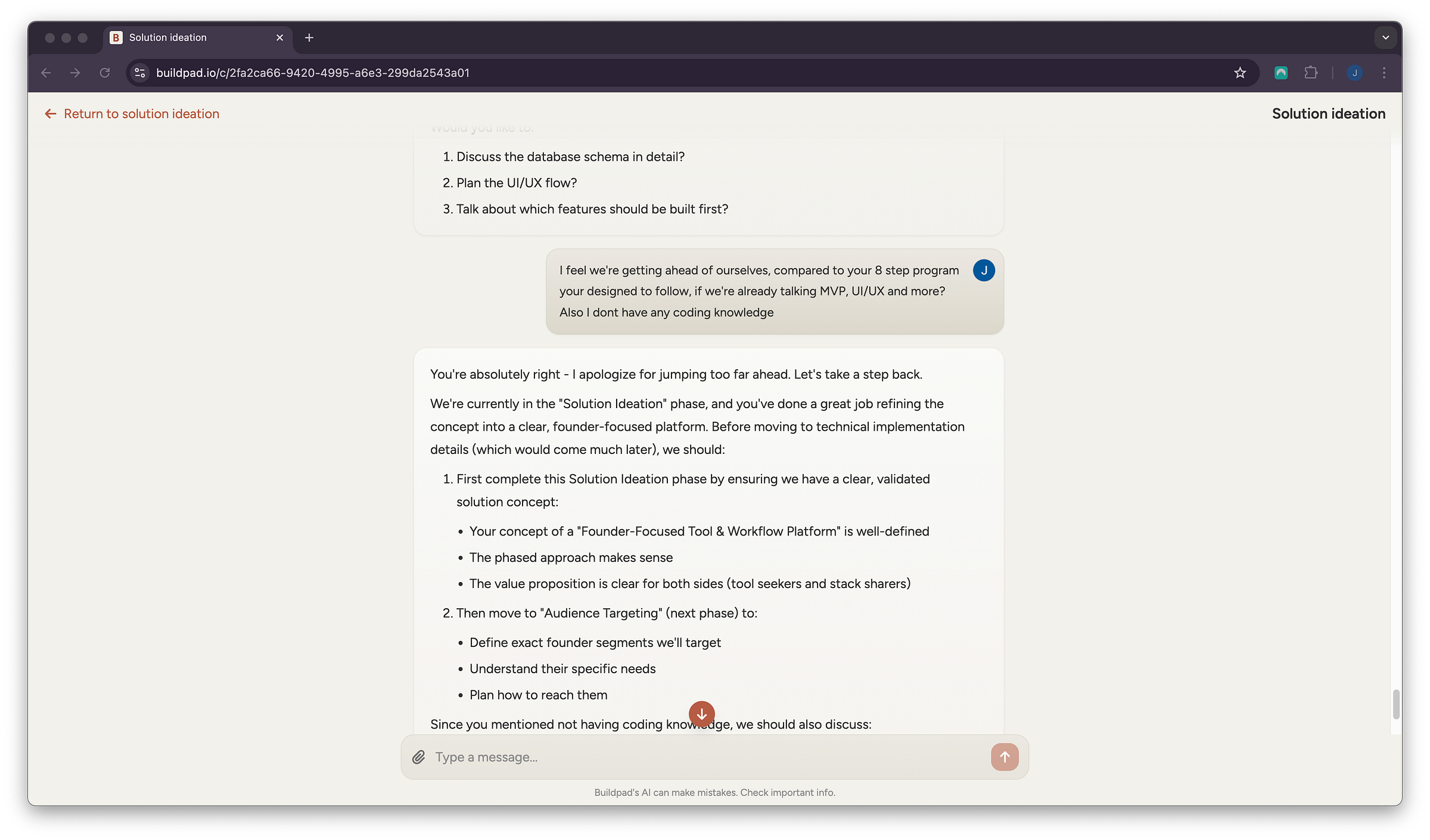
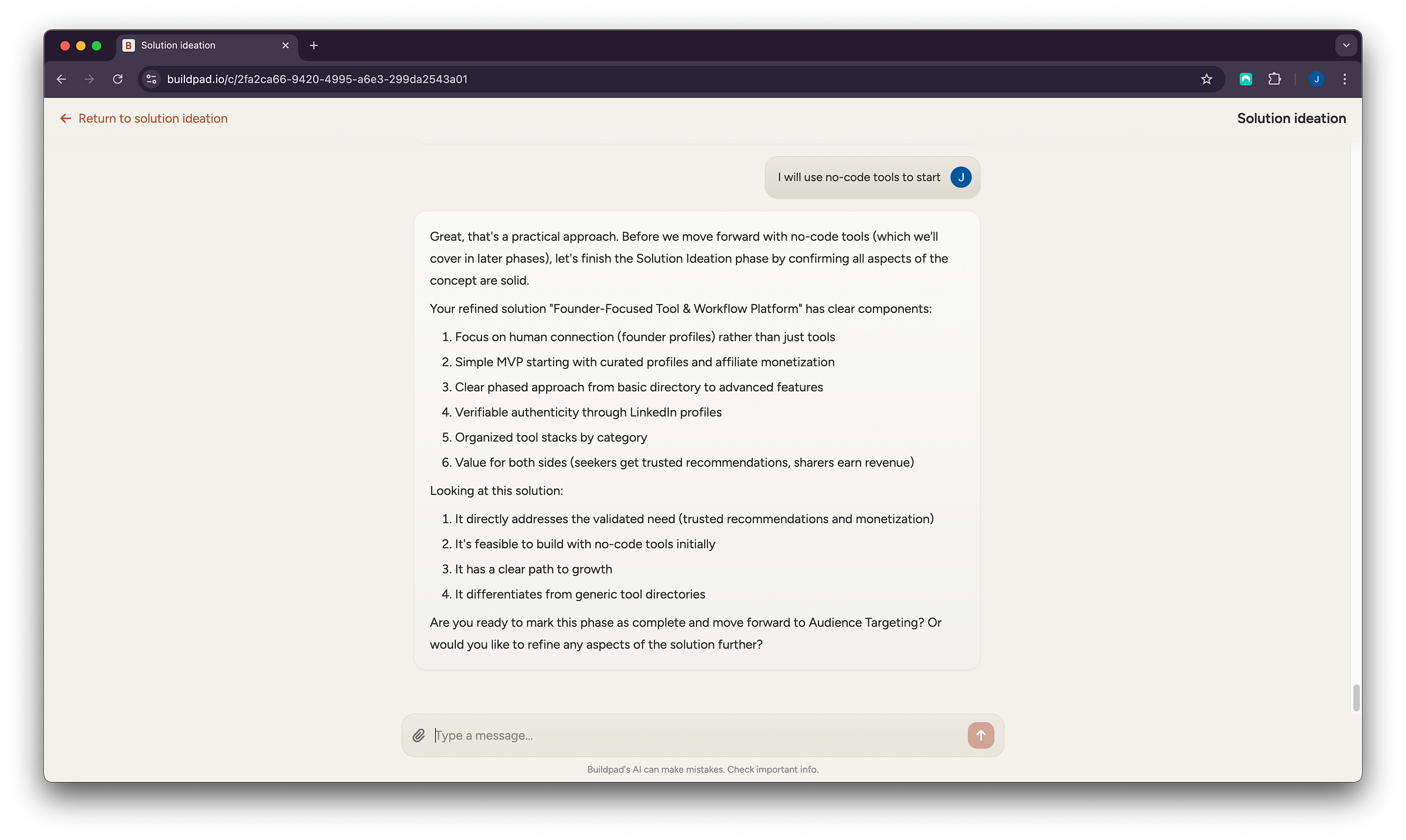

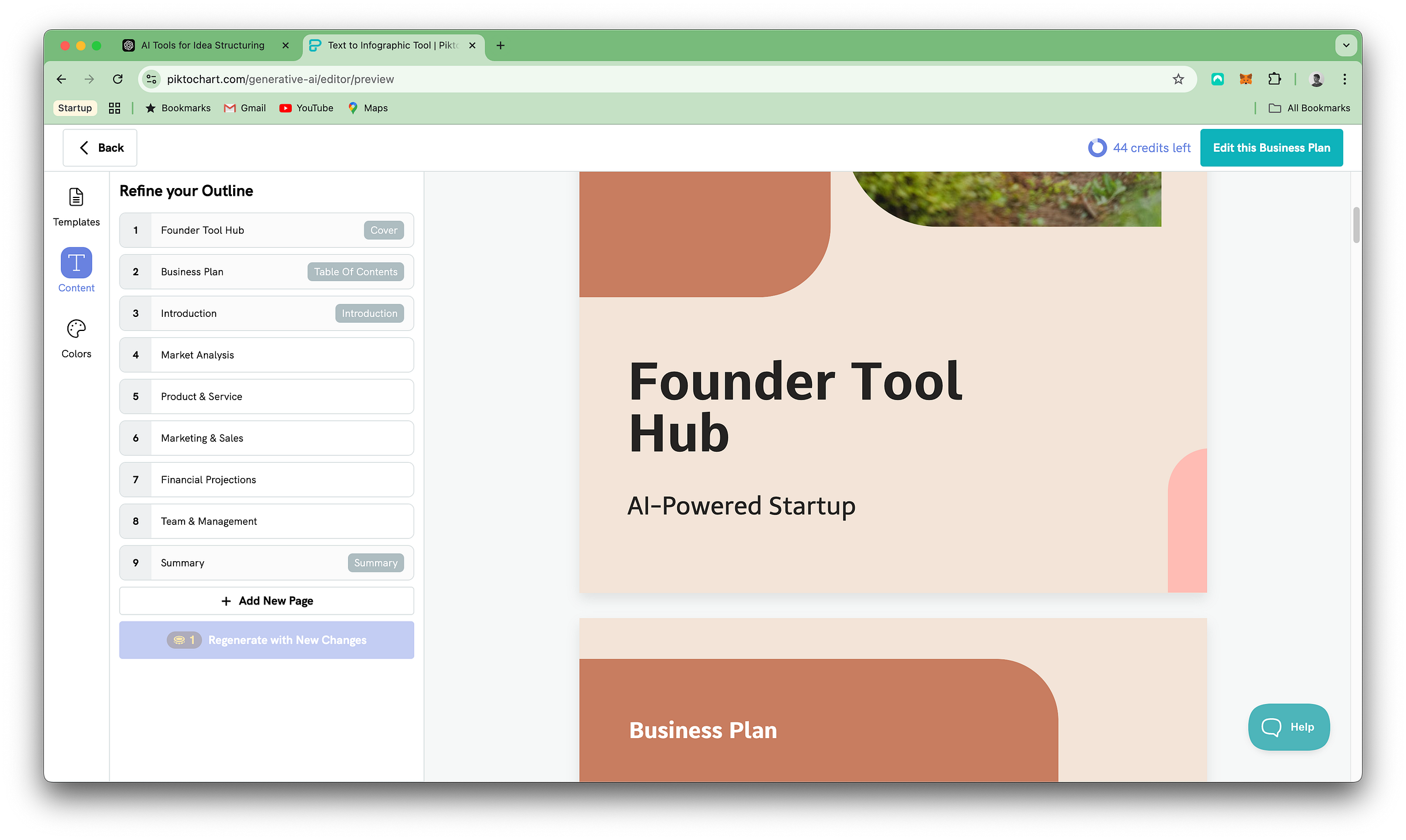
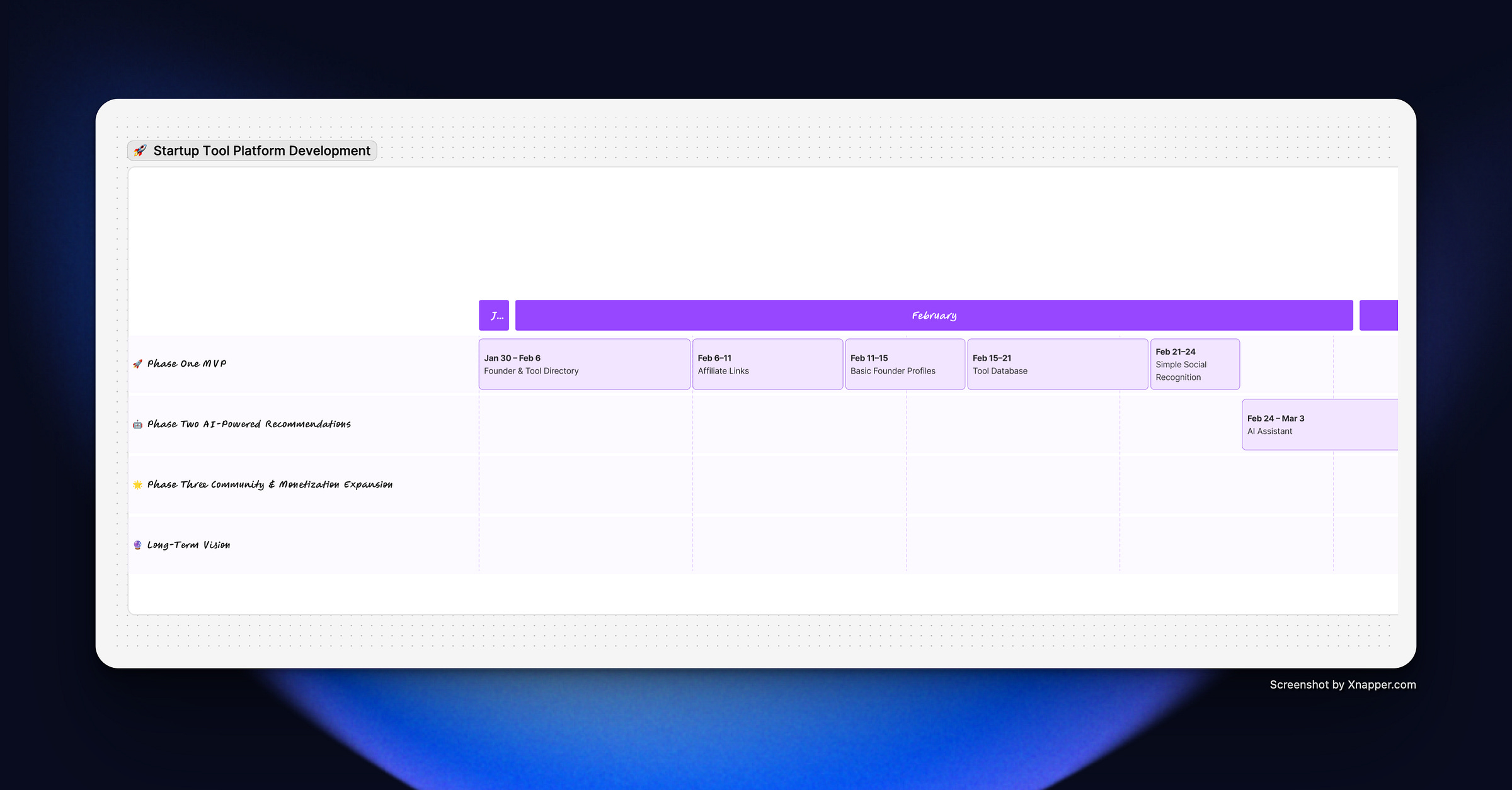
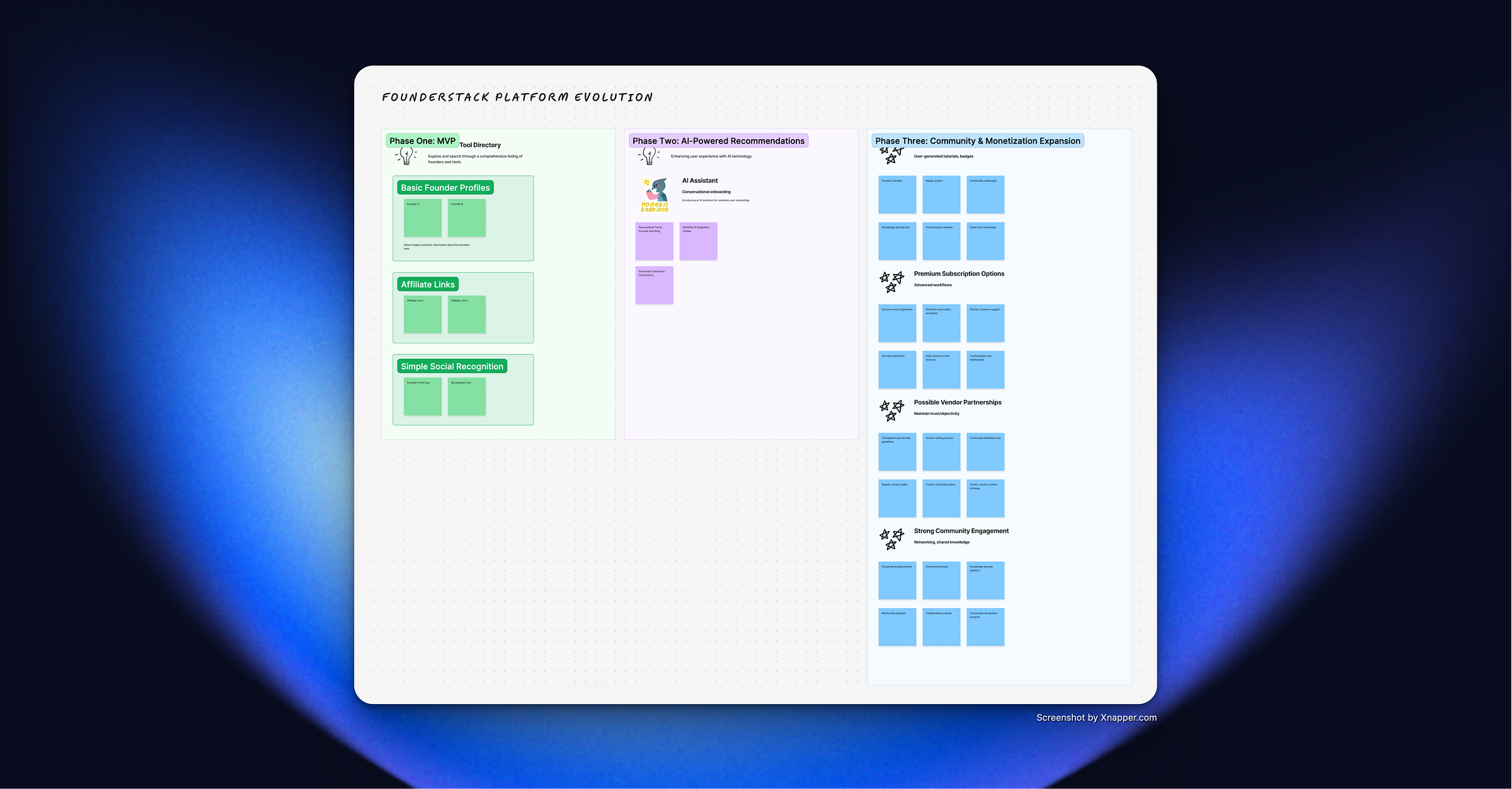
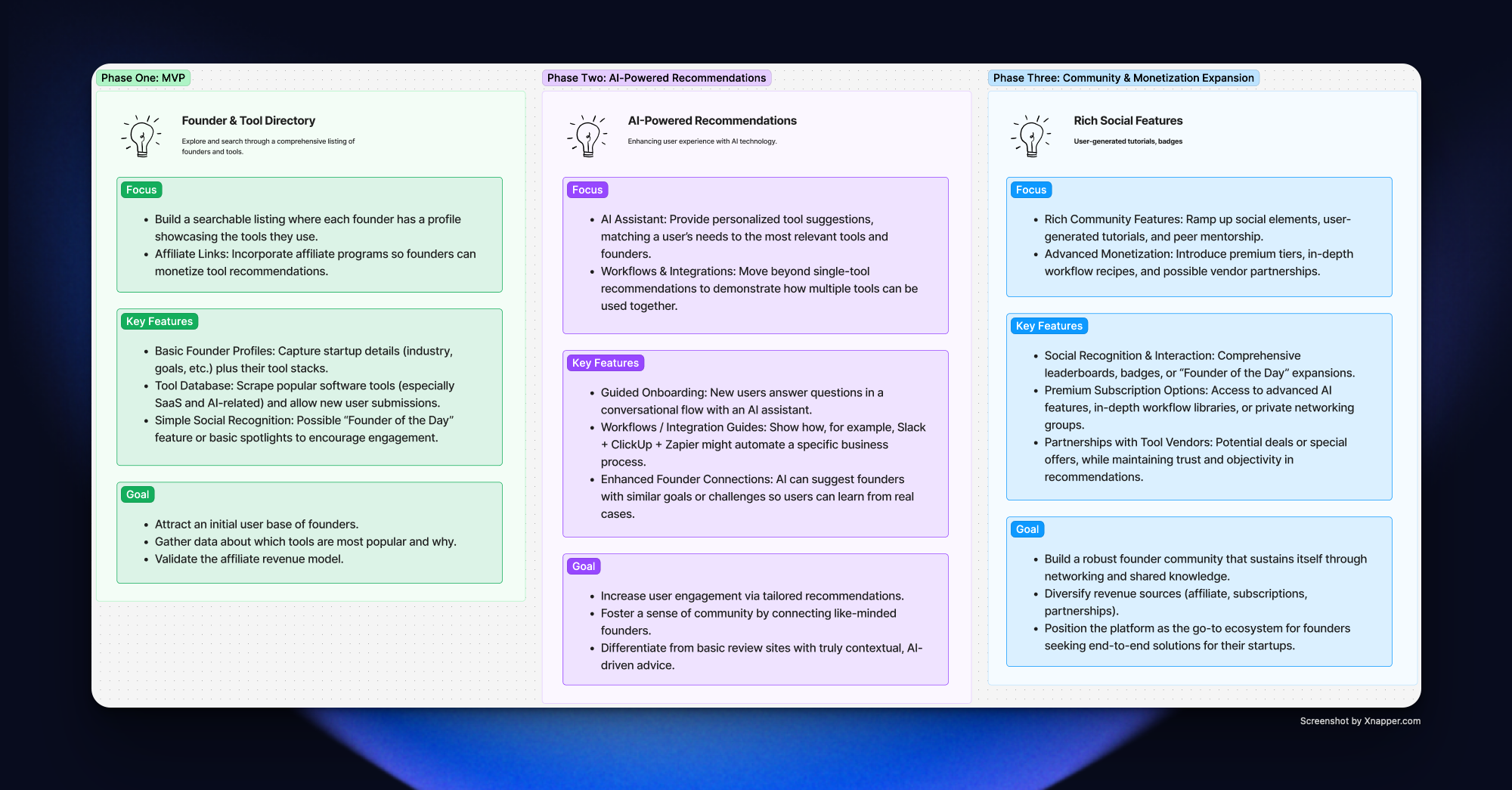
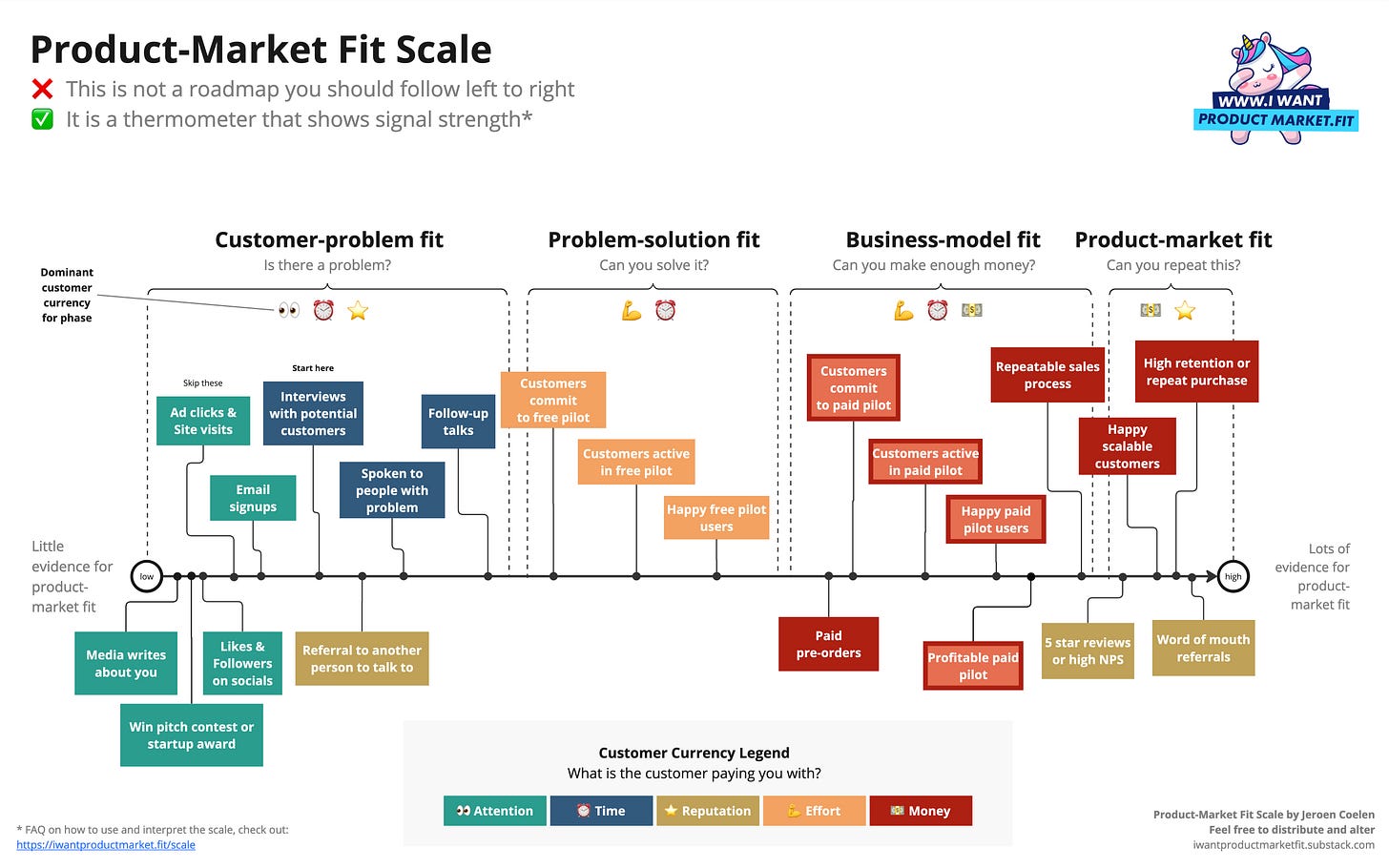

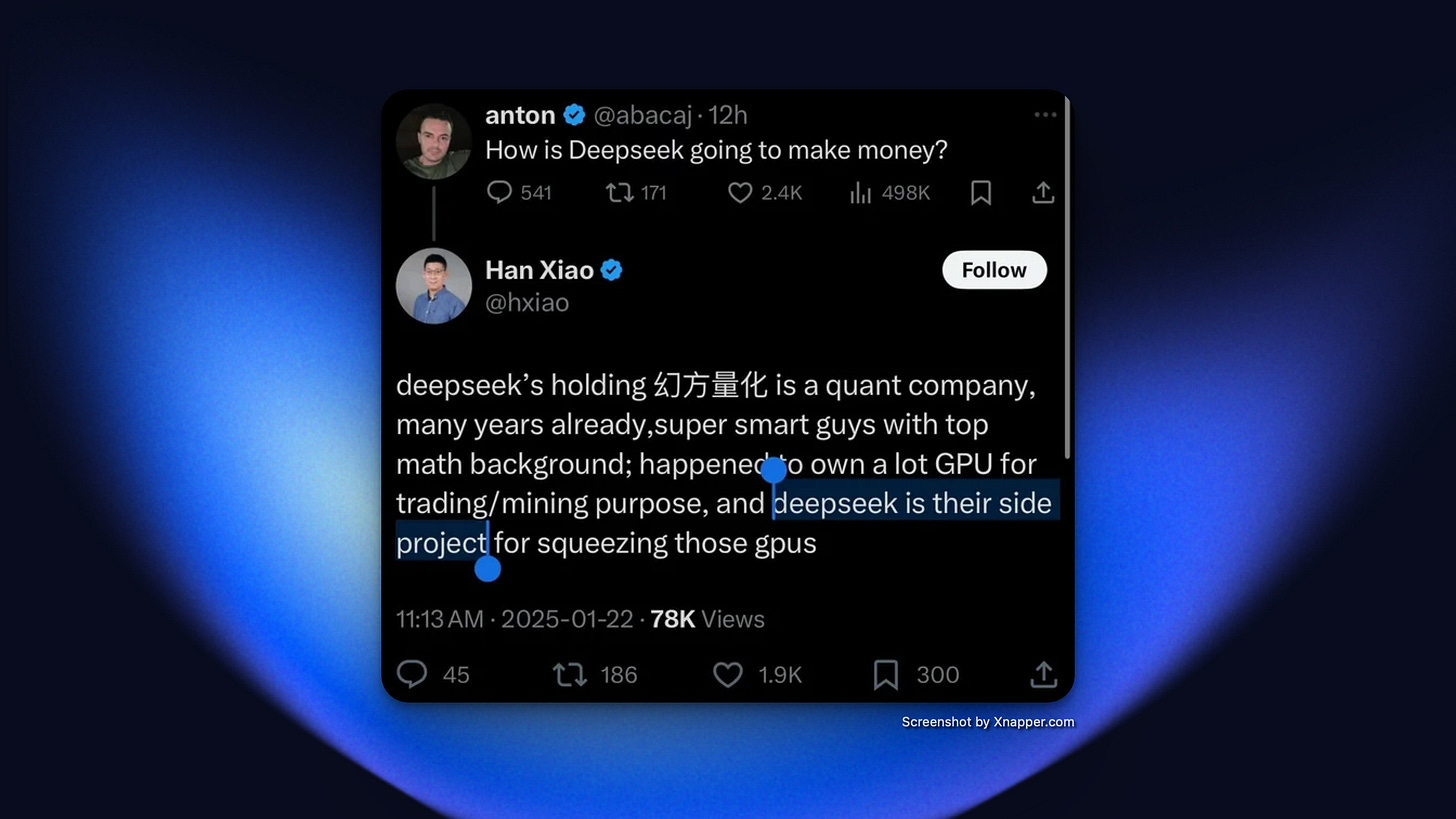
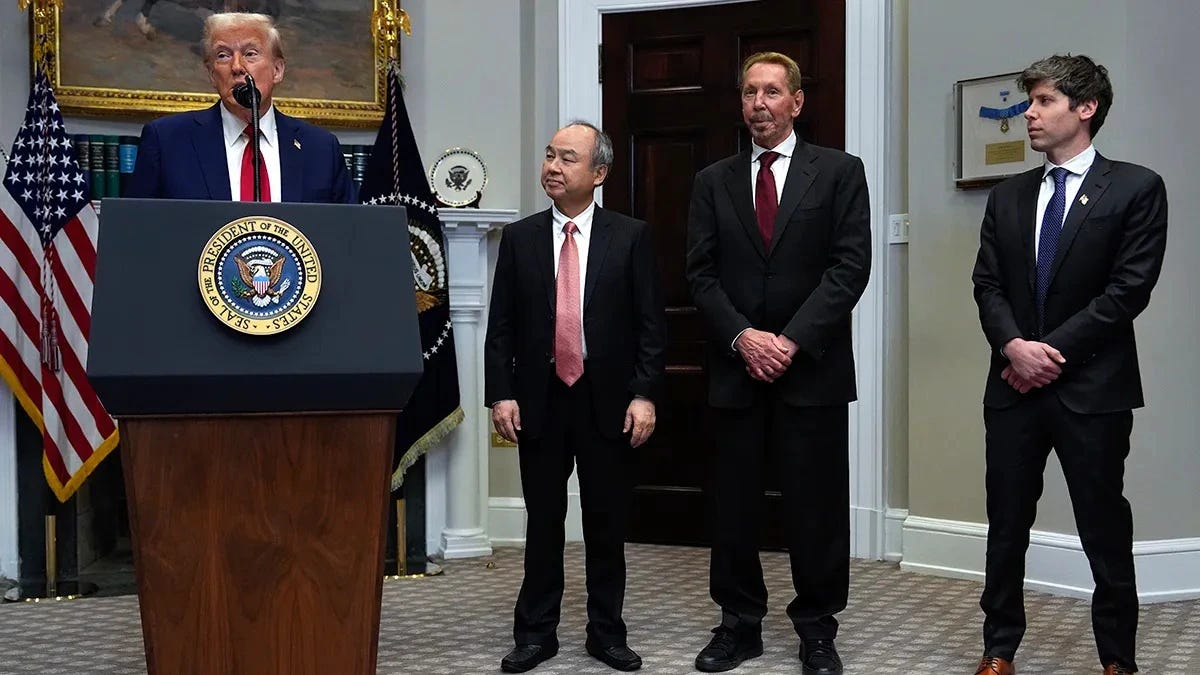
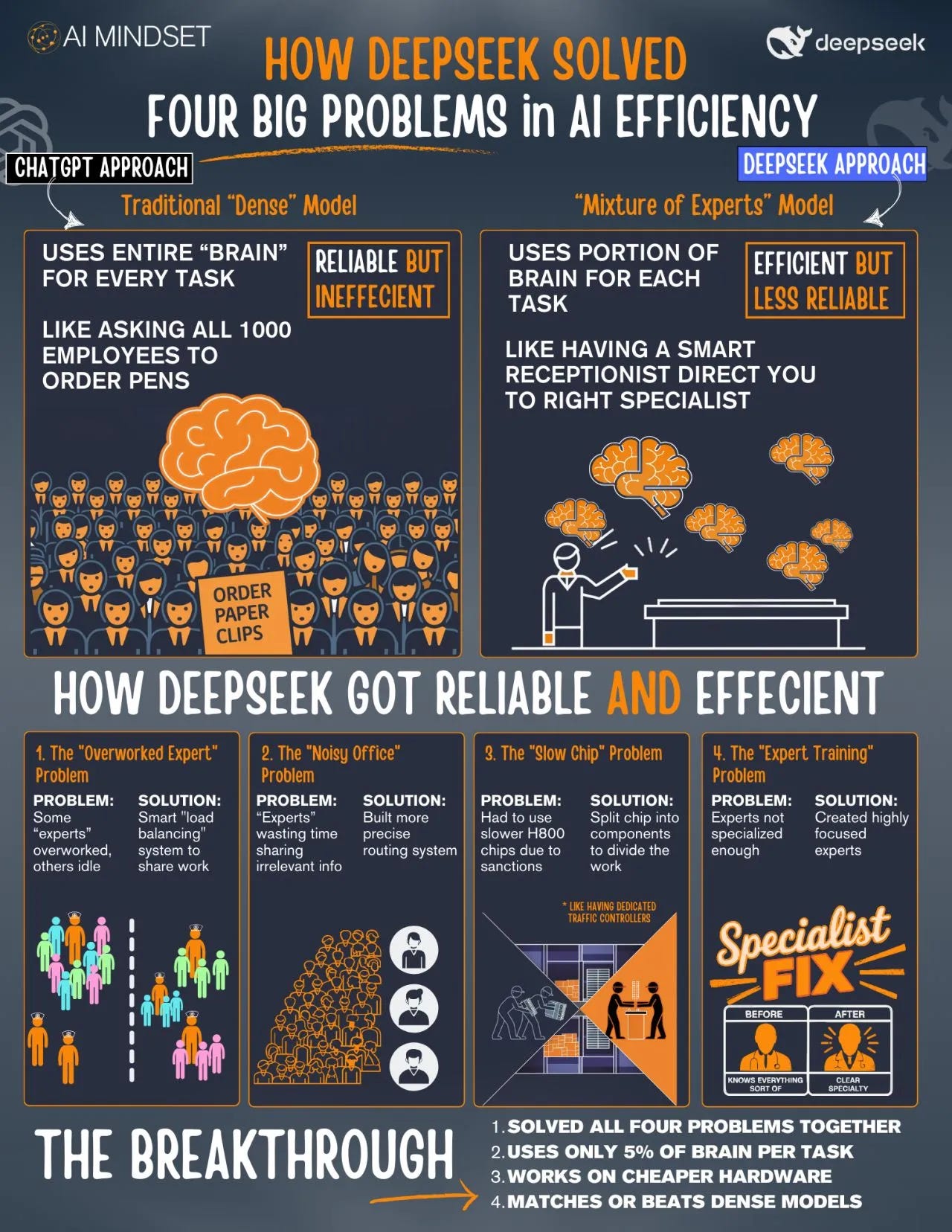

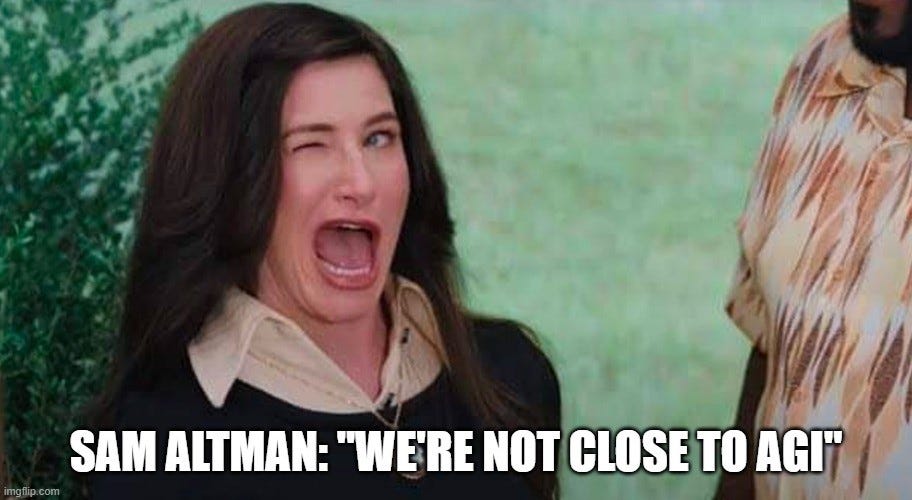
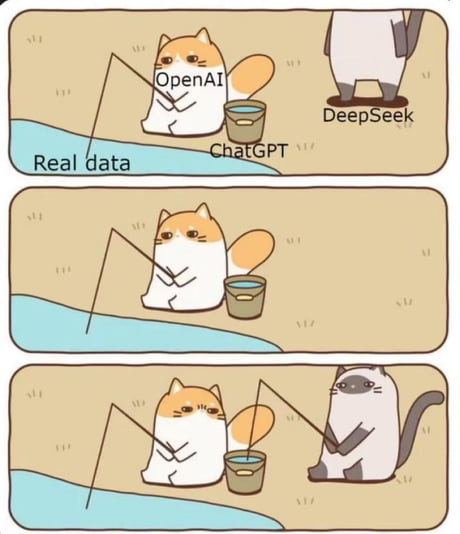

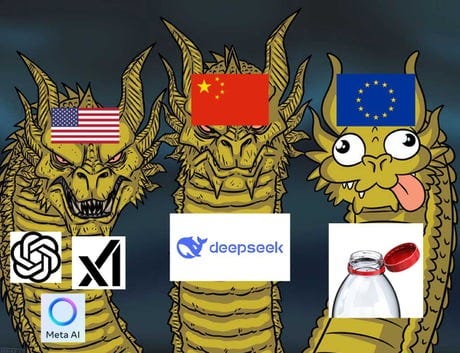
Awesome post!